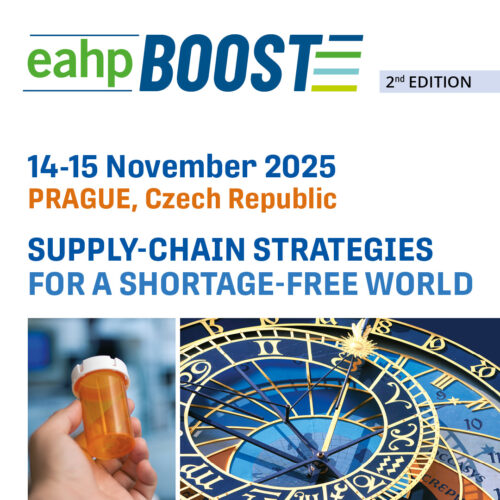IMPLEMENTATION OF DRUG RECONCILIATION WITHIN THE DEPARTMENT OF PAEDIATRIC HEMATO-IMMUNOLOGY AT THE UNIVERSITY HOSPITAL CENTER ROBERT DEBRÉ (submitted in 2019)
Pdf

European Statement
Clinical Pharmacy Services
Author(s)
Marguerite VAILLANT, Sophie GUILMIN CREPON, Benoit BRETHON , Julie ROUPRET-SERZEC
Why was it done?
In order to obtain a safe patient care pathway, we wish to implement proactive and/or retroactive DR for patients followed in the Hemato-Immunology Department of the University Hospital Center Robert Debre.
What was done?
Formalise and integrate drug reconciliation (DR). Evaluate the feasibility of the project, the impact of DR on the safety of patient care and the satisfaction of patients and health professionals.
How was it done?
Prospective cohort study. The different steps are: identification of eligible patients, collection of information on the patient’s drug history and ongoing treatments from the health partners involved in his or her care, entry drug reconciliation (EDR) during the entry pharmaceutical consultation, conciliation of exit drugs during the return pharmaceutical consultation, transmission of information to the local center and pharmacist or home hospitalisation, evaluation of stakeholder satisfaction and the impact of the intervention.
What has been achieved?
Thirty patients included between August and October 2019, or 30 conciliations performed. Concerning the EDR: all hospitalisation reports and previous prescriptions are consulted (100%), 6 EDR (20%) take place in pro-active mode, the average duration of an EDR is 43 minutes. Concerning the discharge drug reconciliation (DDR): 30 DDR (100%) take place in pro-active mode, the average duration of a DDR is 52 minutes, all prescriptions and intake plans are sent to community centres and pharmacists or home hospitalisation (100%). Of all the conciliations performed: 4 sources of information used by conciliation, 11 drugs prescribed on average per prescription, 8 intentional and 6 unintentional discrepancies identified by prescription. Concerning the evaluation of satisfaction: all community centres are satisfied (100%), 26 city professionals (87%), 21 hospital professionals (70%), 27 patients (90%).
What next?
In order to ensure that DR is permanently included in the service, a communication and information tool must be developed. This, made available to the entire team, will serve as a traceability support, decompartmentalise practices and improve patient care.
























